Vienna is for the arts
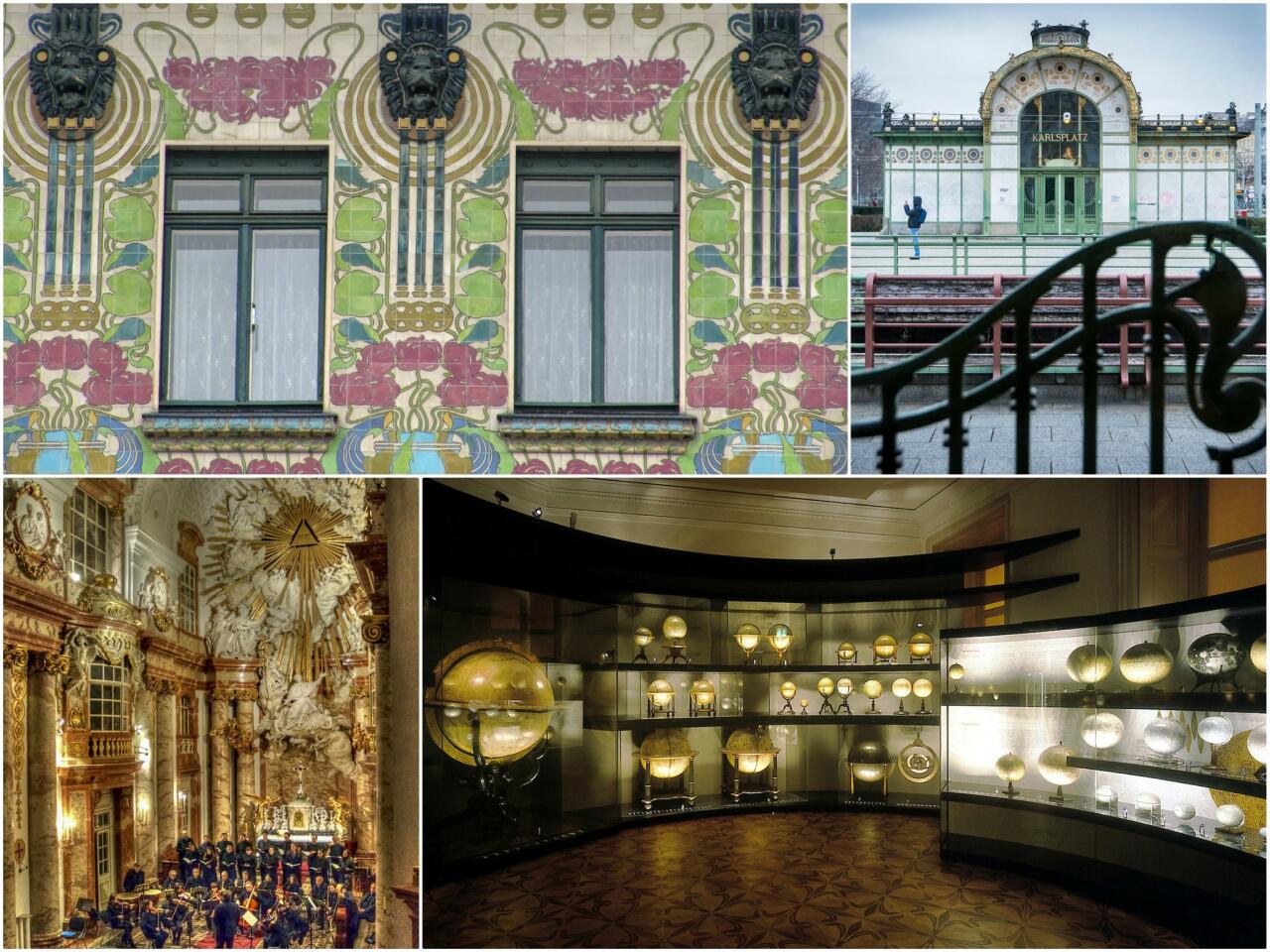
Clockwise from top left: The Majolica House; Karlsplatz Stadtbahn Station; The Globe Museum of the Austrian National Library; St. Charles Church.
(Top left and right: AFP/Getty Images; Austrian National Library (bottom right); Salzburger Konzertgesellschaft mbH (bottom left))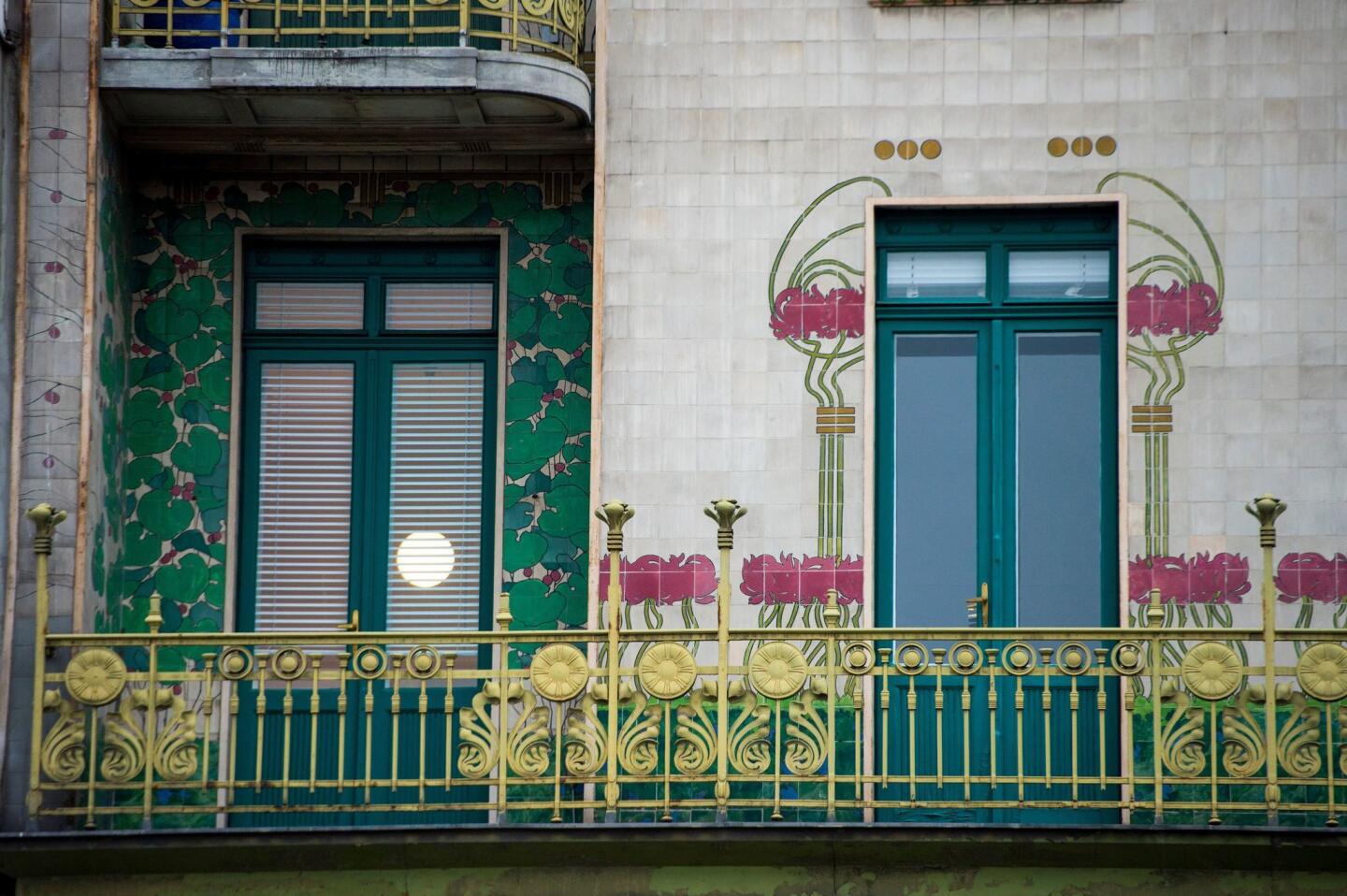
A look at the Majolica House designed by architect and urban planner Otto Wagner.
(Vladimir Simicek/AFP/Getty Images)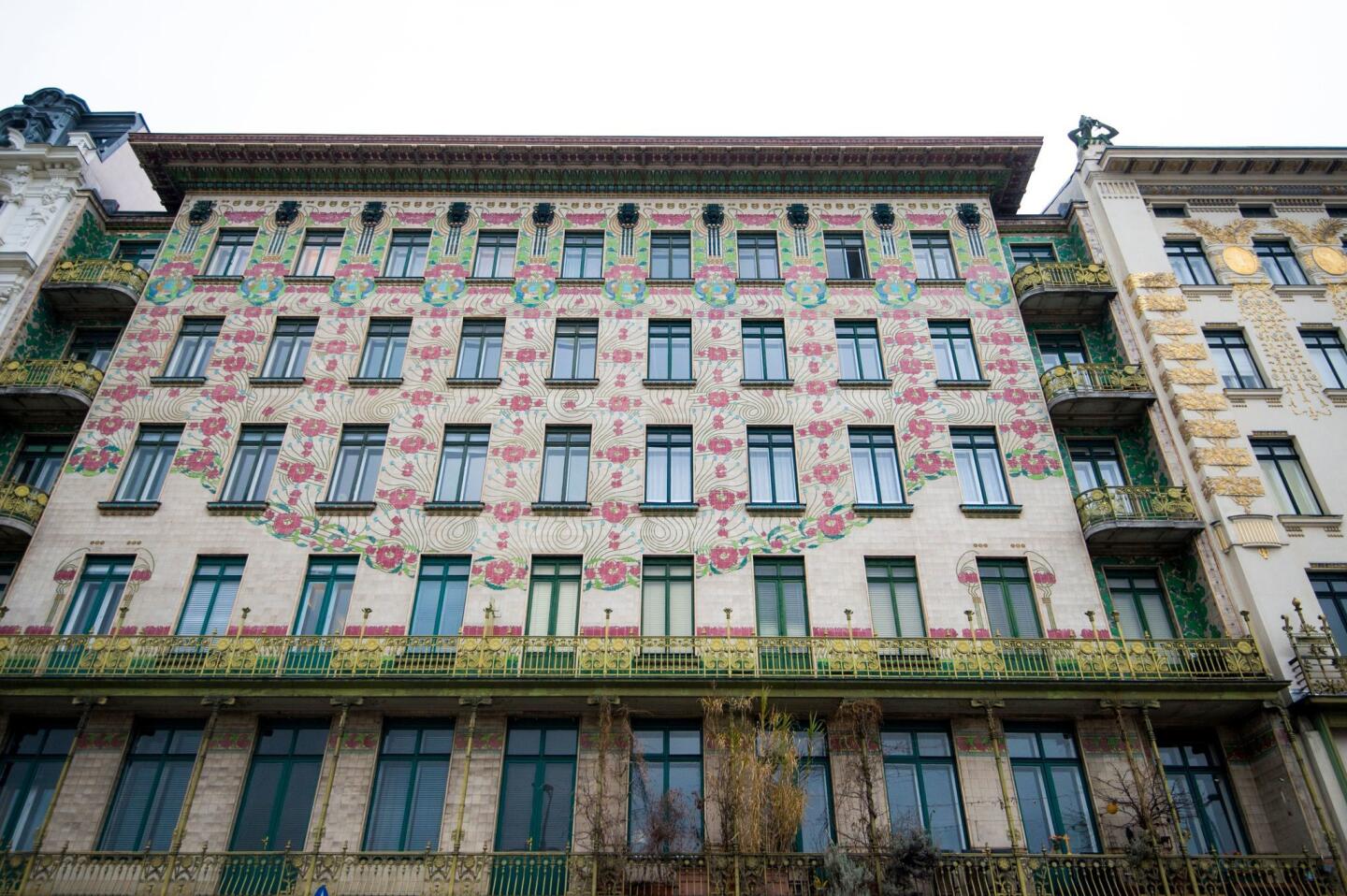
A look at the Majolica House designed by architect and urban planner Otto Wagner.
(Vladimir Simicek / AFP/Getty Image )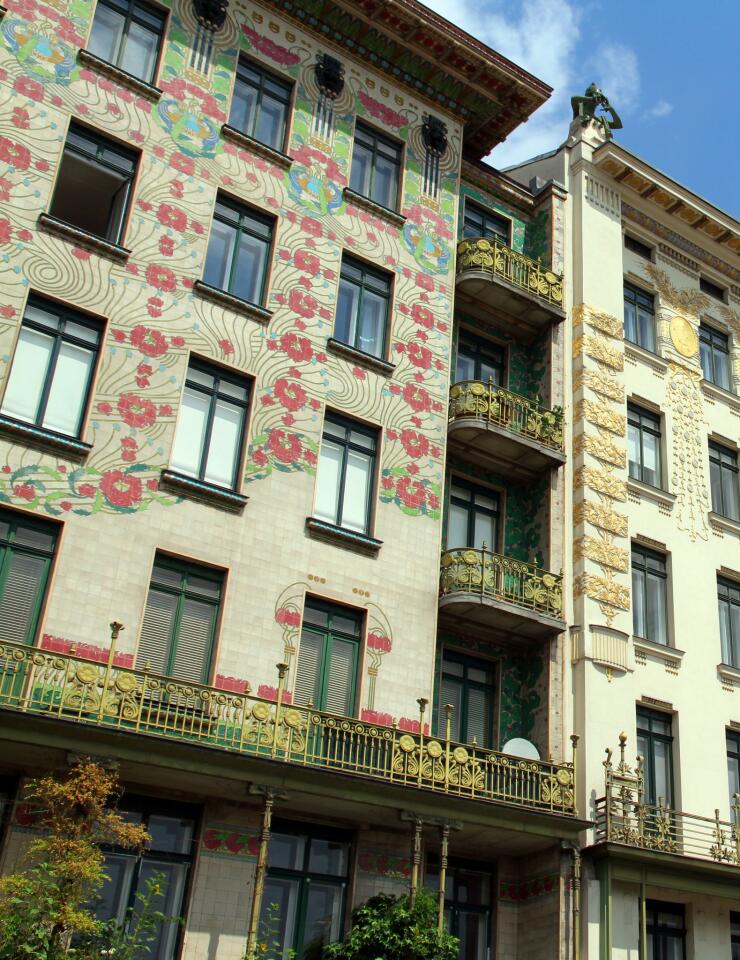
The Majolica House in Vienna was built in 1899.
(BrendanHunter / Getty Images/iStockphoto)Advertisement
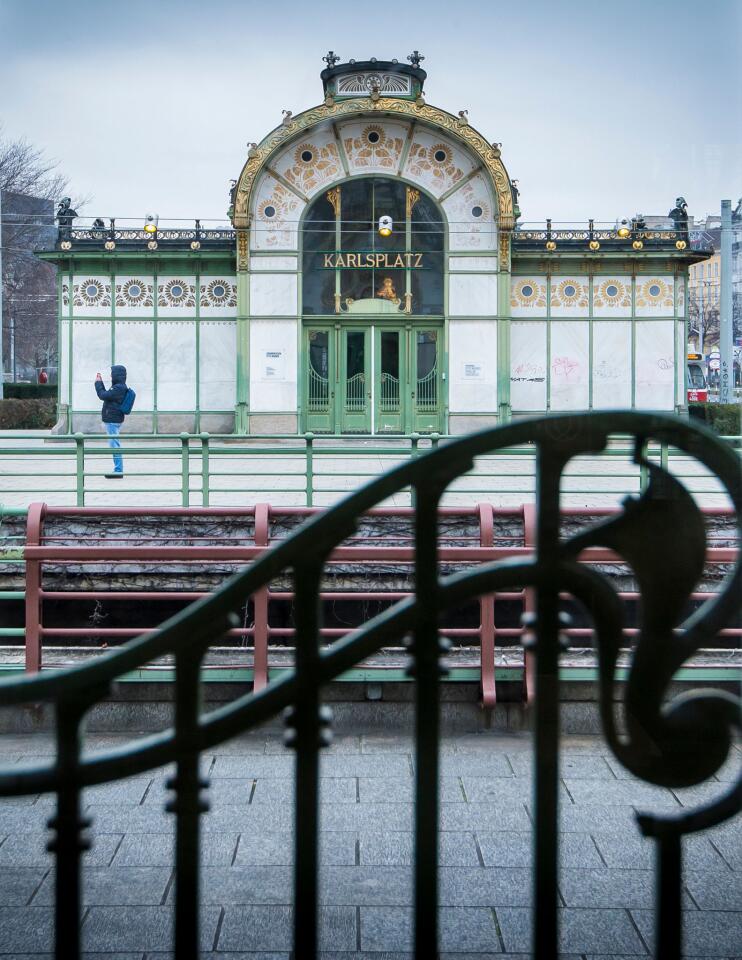
Karlsplatz Stadtbahn Station was designed by architect and urban planner Otto Wagner and opened in 1899.
(Vladimir Simicek/AFP/Getty Image)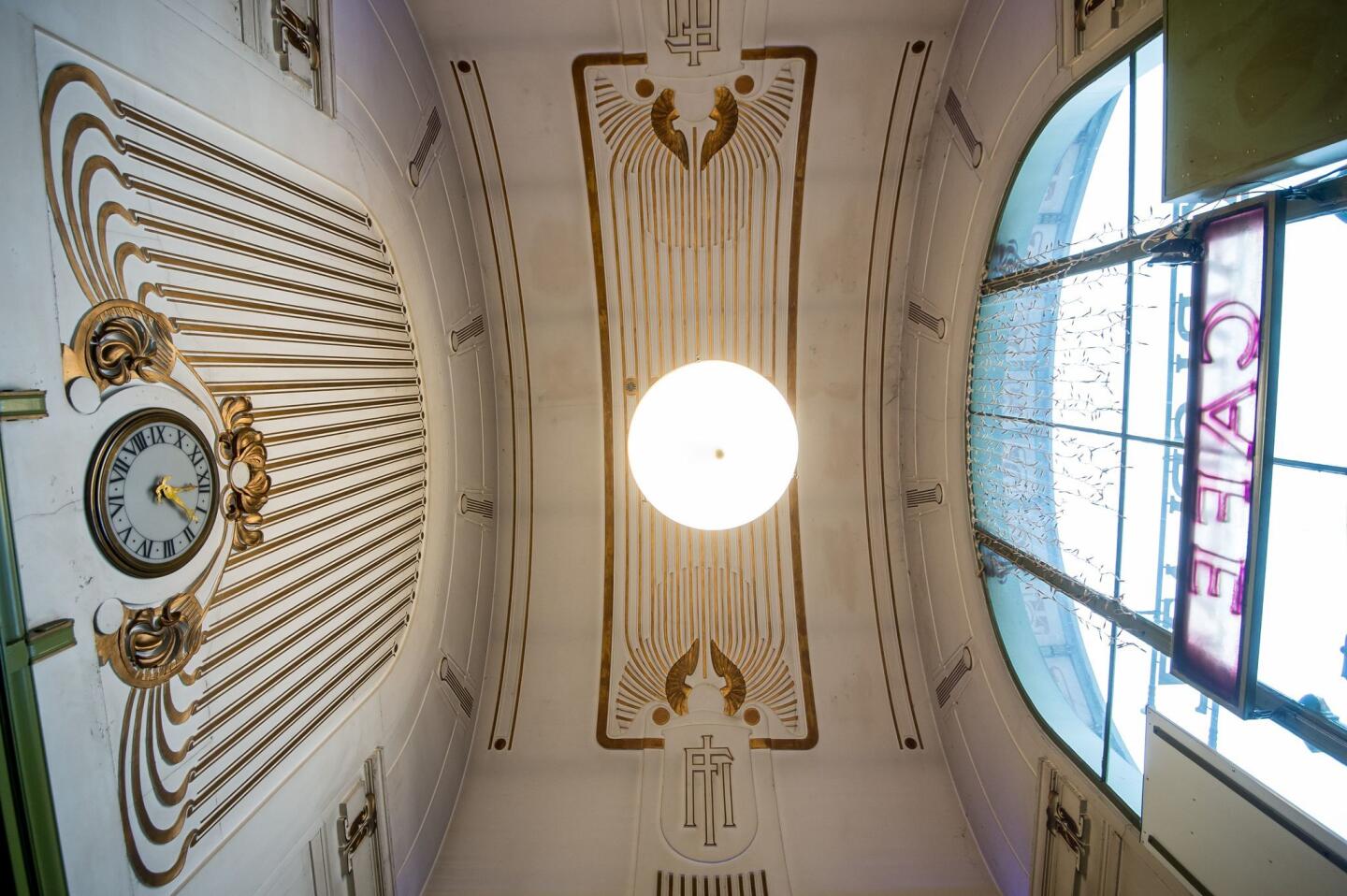
Karlsplatz Stadtbahn Station in Vienna was designed by Otto Wagner and opened in 1899.
(Vladimir Simicek / AFP/Getty Image )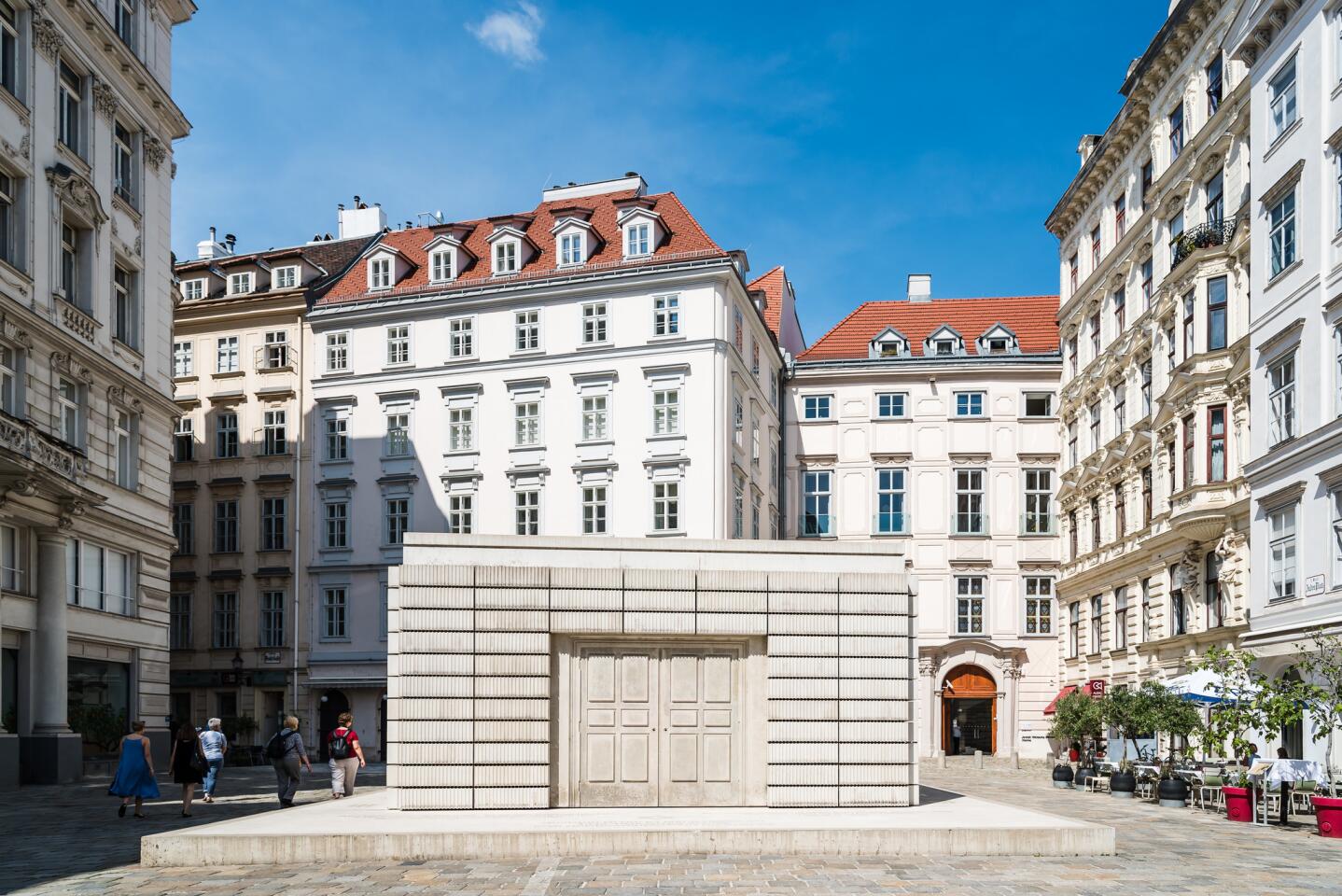
Judenplatz Holocaust Memorial in the first district of Vienna.
(JJFarquitectos / Getty Images )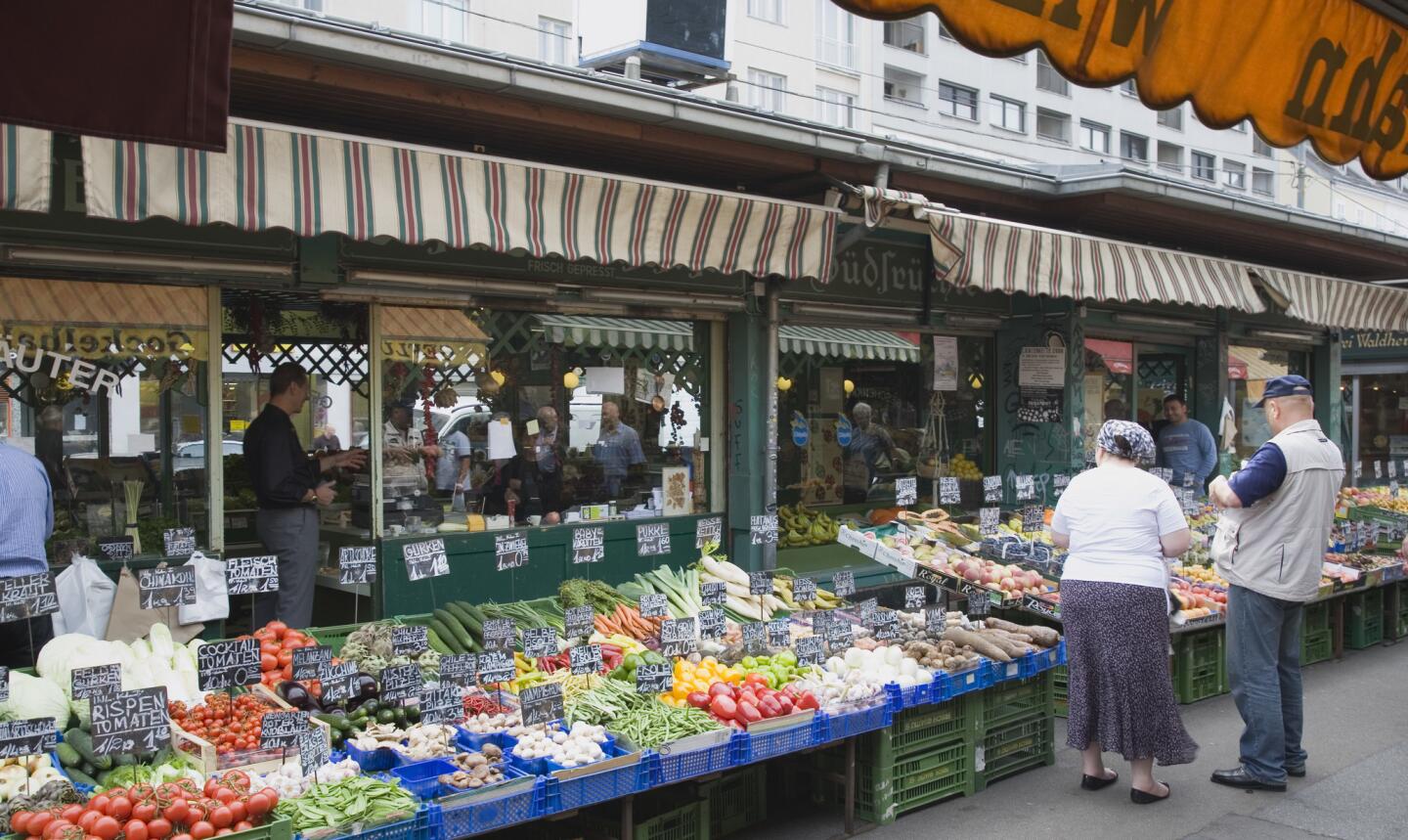
Vienna’s Naschmarkt has fresh produce stalls.
(Eye Ubiquitous / UIG via Getty Images)Advertisement
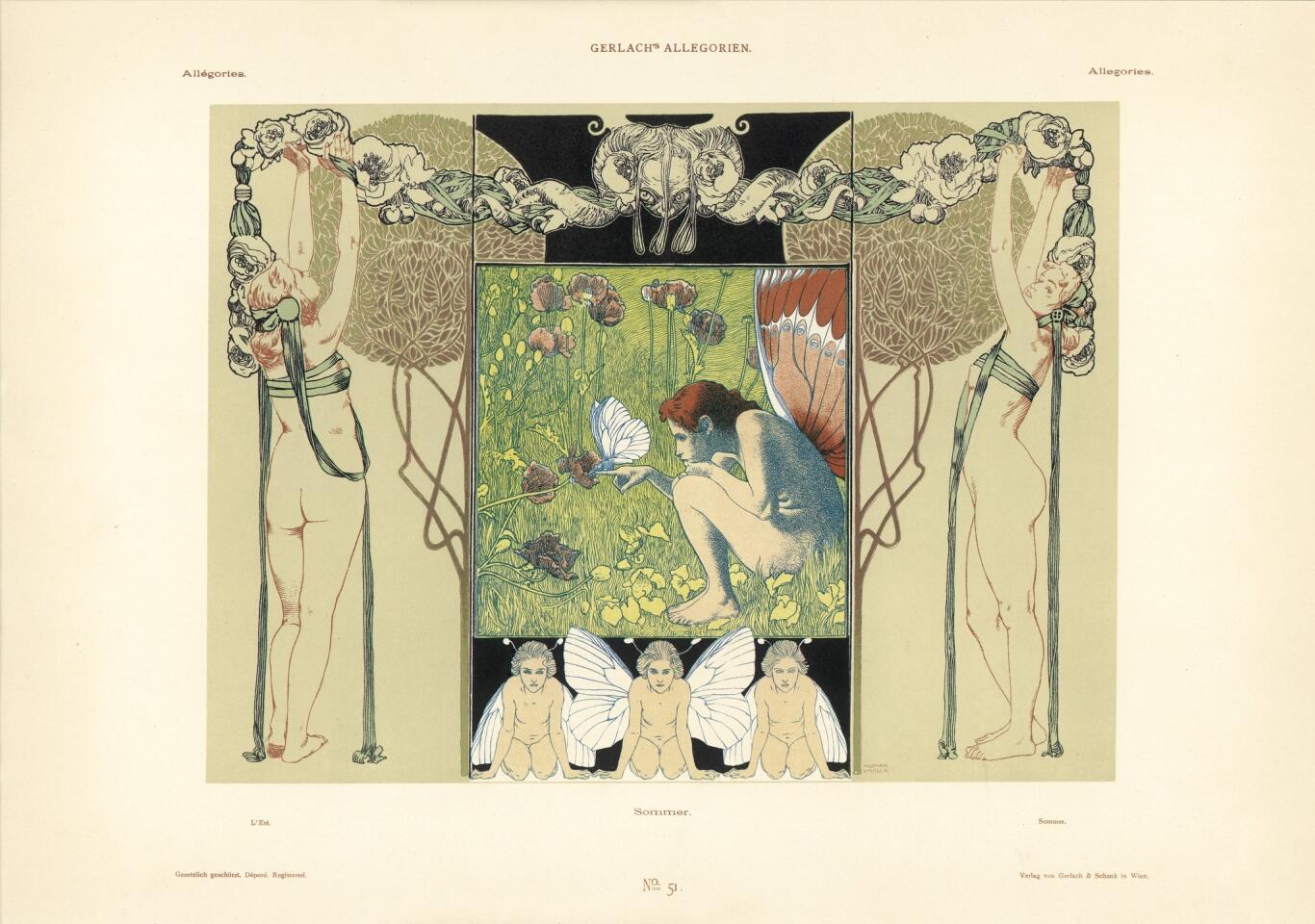
Color lithography by Koloman Moser, an artist of the Vienna Secession movement.
(Imagno/Getty Images)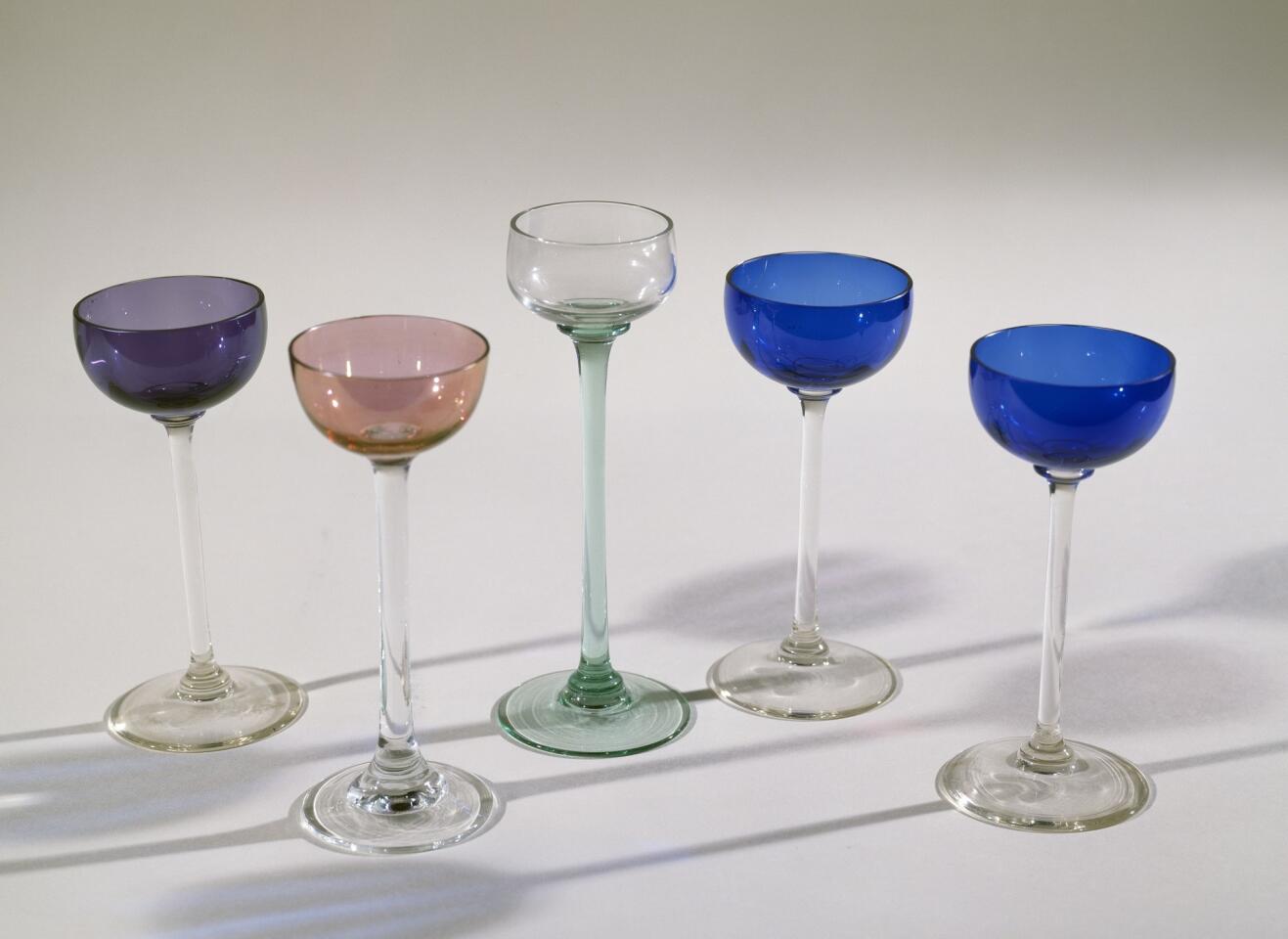
Glass liqueur glasses, circa 1910, attributed to Koloman Moser, known as Kolo.
(De Agostini/Getty Images)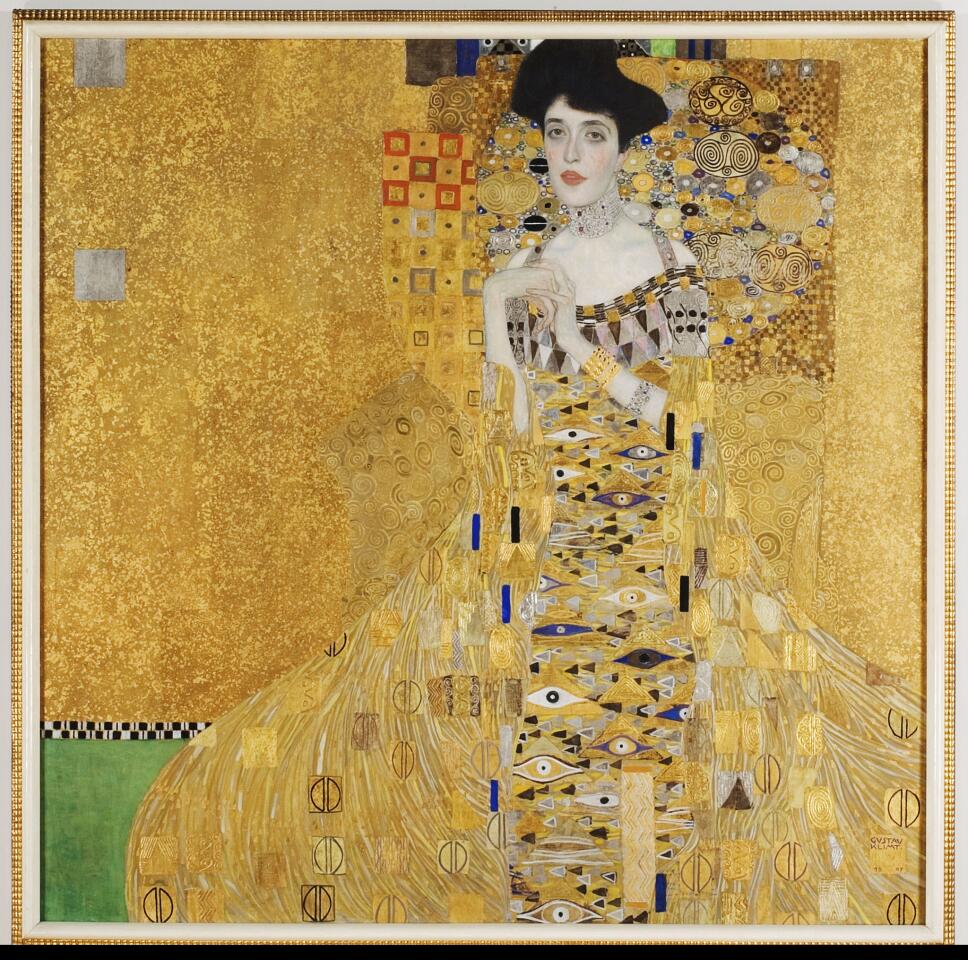
A portrait of Adele Bloch-Bauer by the Austrian painter Gustav Klimt.
(Los Angeles County Museum of Art / Getty Images )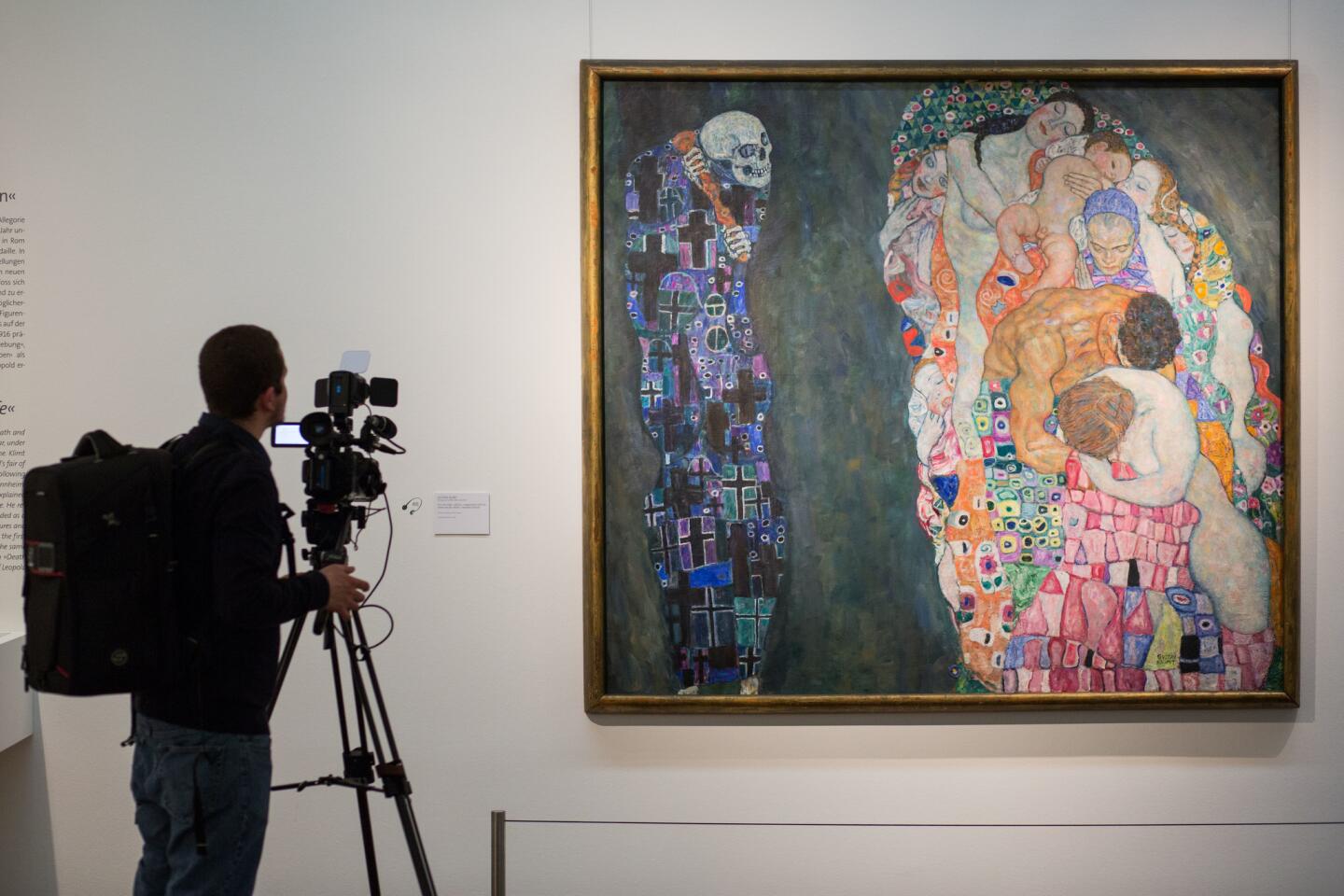
A man films “Death and Life,” a painting by Gustav Klimt, at the exhibition “Hidden Treasures of the Collection” at Leopold Museum in Vienna.
(Vladimir Simicek/AFP/Getty Images)Advertisement
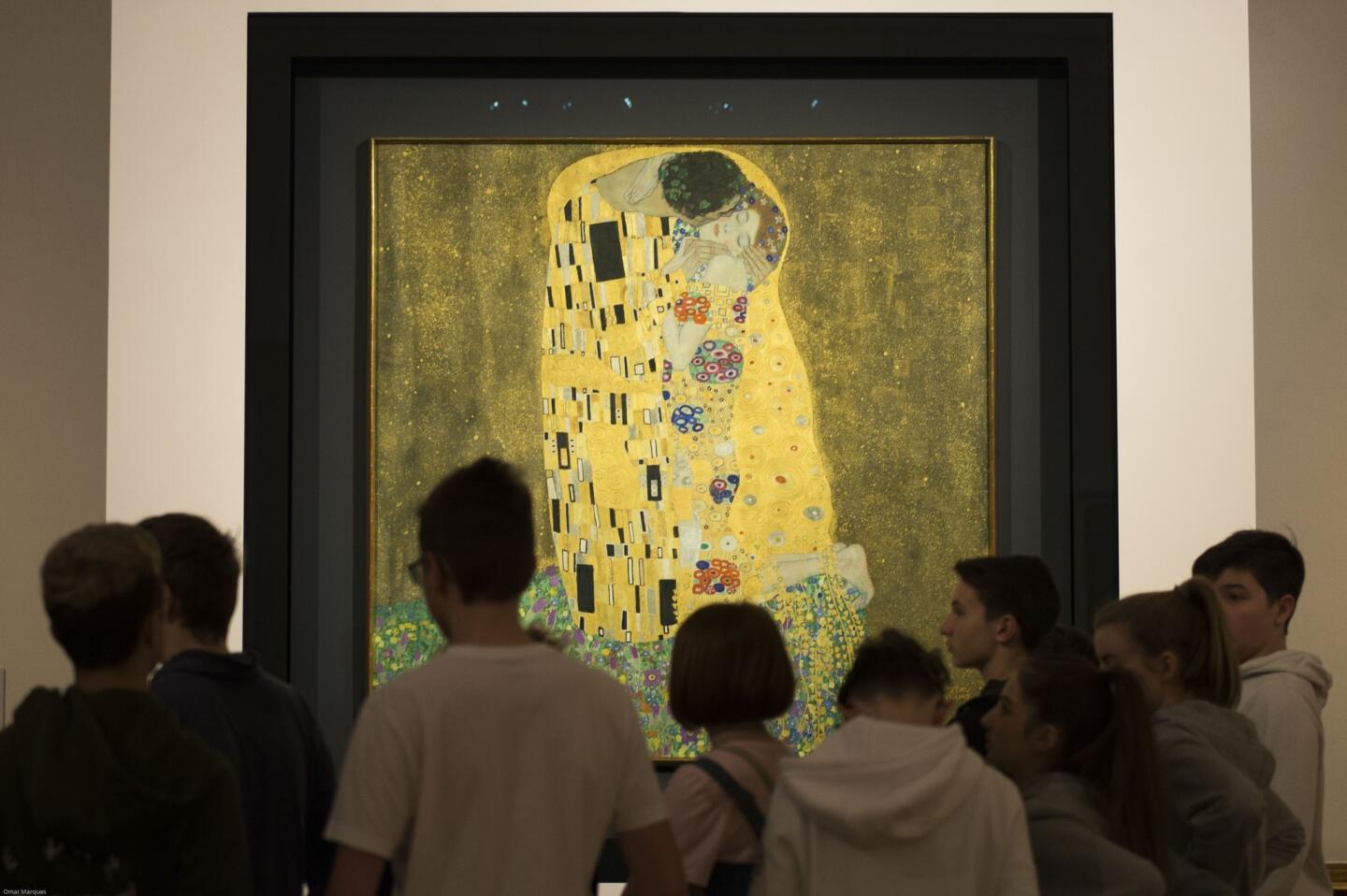
“The Kiss” by Gustav Klimt is seen at Belvedere Palace in Vienna.
(Anadolu Agency / Getty Images)


